Page Content
- The Wonders of Flying
- Types of Bird Flight
- V-Shaped Flight Formation
- Taking Off and Landing
- Fastest Birds
Question: How do birds fly?
Answer: Birds fly by flapping theirs wings. When a bird flaps its wings it pushes the air. The airflow created over the top of the wing is accelerated owing to the wings curved shape. The acceleration of air movement creates a lifting force. This, together with strong breast muscles, light weight and feathers, give birds the ability to fly.
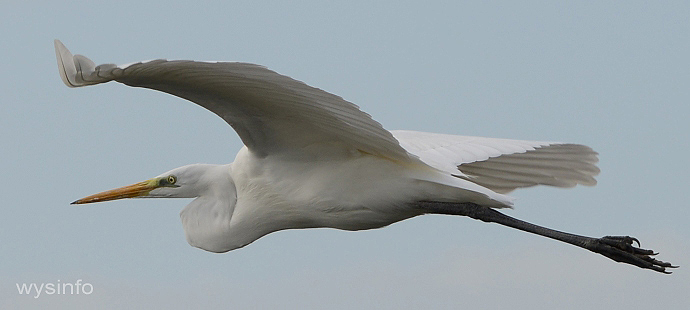
The Wonders of Flying
Nature granted birds the characteristics necessary for flight: hollow light bones, a variety of feathers that serve different functions during flight, wings that provide them with a large surface area compared to their size and weight, as well as strong muscles and the ability to utilize them to fly.
It would seem that everything in the bird’s system is geared to minimize body weight in order to help them lift themselves up. The body of the birds is light. There is no urinary bladder and the toothless bill and the legs add very little to their weight.
Flying requires a great deal of energy. At the same time the birds need to keep their body weight to a minimum. Therefore, they eat food that is rich in proteins like gains and seeds or meat, each according to its type. They digest the food quickly, get rid of the waste and store the excess in their fat glands.
Birds have different types of feathers that are responsible for different functions. A rough classification differentiates between down feathers and contour feathers.
- Down feathers – soft and airy, these form the coats of the young and provide a soft thick layer which lies beneath contour feathers of adults. The down feathers are very efficient insulators, preventing loss of body heat in order to protect the birds’ relatively high body temperatures, averaging approximately 41 degrees centigrade (106 degrees Fahrenheit).
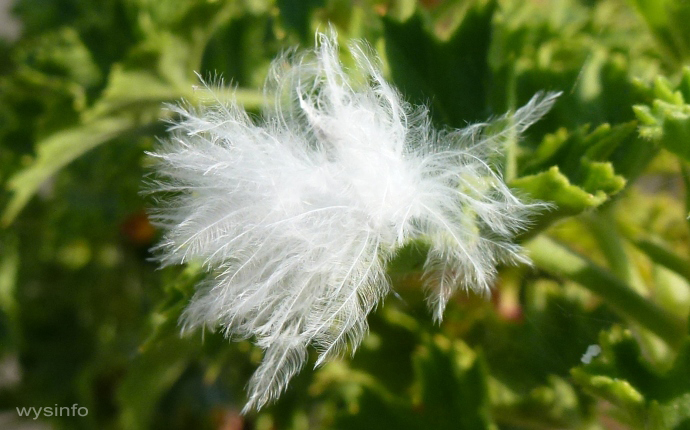
- Contour feathers – give the bird’s body its shape. They have hook type endings that catch the neighboring row of feathers, thus creating a wide solid surface when needed in flight. Functionally there are ‘oar-like’ feathers (remiges) of the wings and steering feathers of the tail (rectrices) which, together, regulate flight.
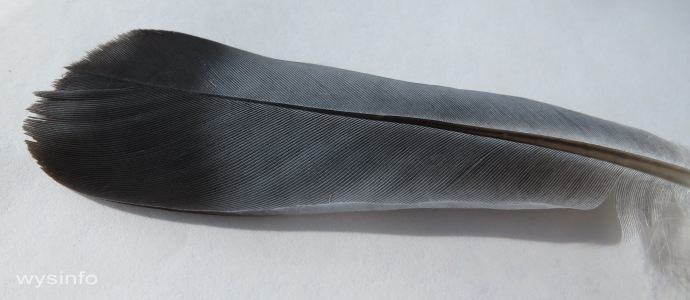
A bird’s feathers suffer from wear and tear. They are essential for their ability to fly and birds therefore very meticulously take care of them. They dedicate a great deal of time to cleaning and coating them with a material that is produced by an oil gland that is found beside their tail.
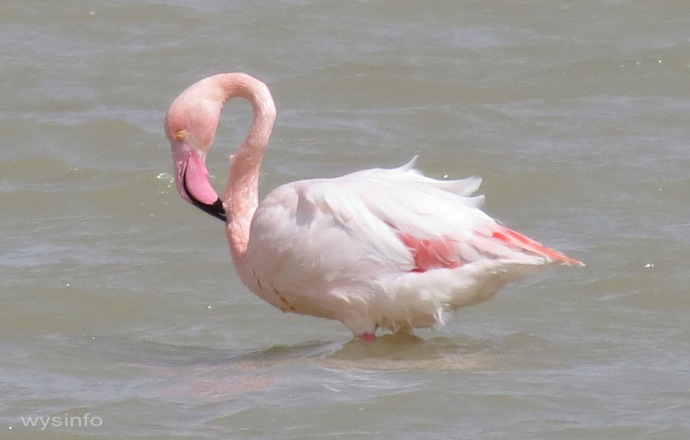
Types of Bird Flight
Rowing – flight that is based on strong wing activity up and then down and back in a way that allows the bird to achieve elevation force while progressing foreword.
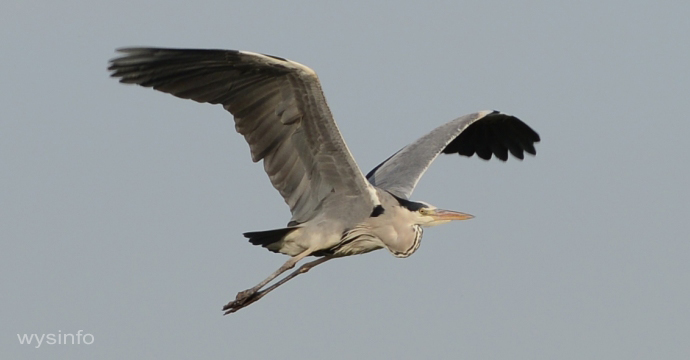
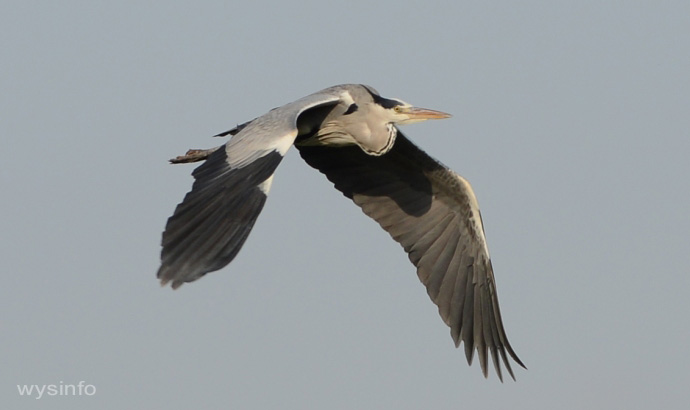
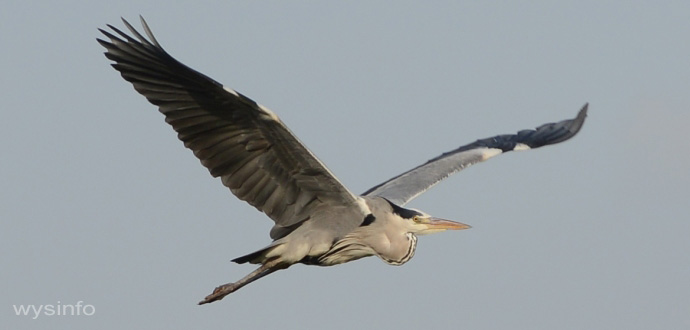
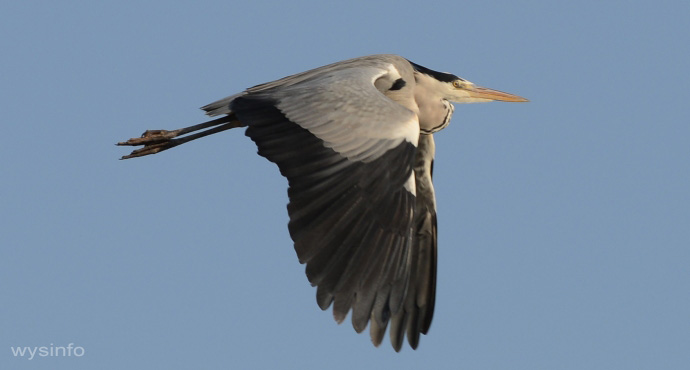
Hovering – based on very fast wing flapping without advancing. When birds fly this way it requires a great deal of energy and is suited for some small birds only. The hummingbird and the Northern Orange-tufted Sunbird (Cinnyris oseus) (Palestine sunbird) use it while drinking the honeydew from flowers. The pied kingfisher, in the picture below, hovers while looking for his prey.
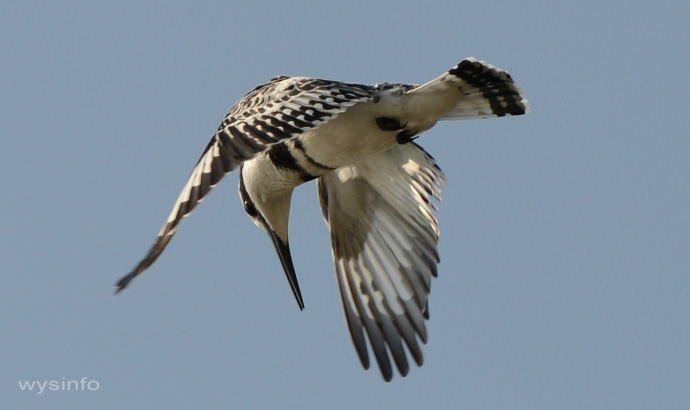
Soaring – a form of flight that uses the aid of the air streams to advance rather than the rowing of the wings. This type of flight is typical of big birds. They have a large wing span and use streams of hot air that are rising, thus investing minimal energy to elevate themselves with it.
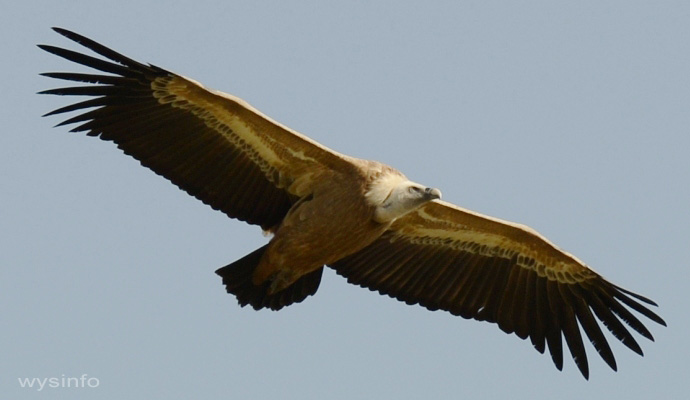
In the video below you see pelicans using the thermal updraft (rising hot air) to reach an altitude from which they will start their journey onward to their destination.
Gliding – during this type of flight, the bird gradually looses height, gaining speed due to gravity. The bird can control its speed by adjusting the angles of the wings, for example when landing. During gliding the bird’s wings are opened half of its span.
Soaring birds use the soaring and gliding techniques alternately, as an economic tool for advancing. A bird that reached to a high altitude by soaring can glide for long distances without flapping its wings, thus saving a great deal of energy.
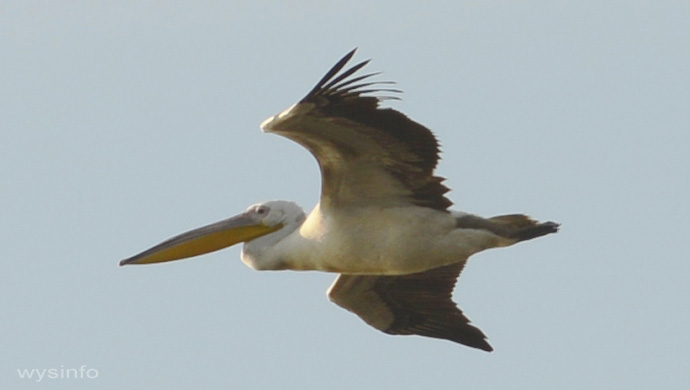
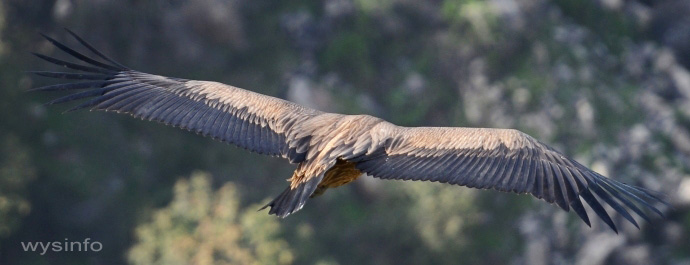
Stooping (Diving) – a form of flight when the bird quickly descends, practically diving toward its prey. This is done with wings pulled back against the bird’s body.
V-Shaped Flight Formation
Flocks of birds tend to fly long distances in a V-shaped formation. Each bird positions itself a bit above and at the side of the bird that is in front of it. Such formation allows all the birds in the flock, apart from the leading bird, to use the turbulences of air created by the birds in front. These turbulences create a lifting force that helps the birds during flight by enabling them to save vital energy during the long journey. The position of the leading bird is taken by another once it is tired.
How it works?
When the bird flaps its wings the airflow over the top of the wing is pushed down; in aeronautics it is known as downwash. The air at the wing’s tips, on the other hand, is accelerated upwards in a circular motion around the wing and is known as upwash. The bird behind uses the lifting force of the upwash vortex as an extra source of energy that keeps itself up.
Research shows that a bird will also adjust the timing of its wing beat to stay in the upwash area created by the wingtips of the bird ahead of it, thus maximizing the benefits of the elevating force.
Taking Off and Landing
Taking off and landing consumes a great deal of energy, especially from the big birds. They need to create enough air flow above the wings to be lifted. Pelicans and flamingos for example, when they are in the water, often start taking off by running on water, thus, gaining speed and creating the air flow needed. Some who live in mountains and cliffs drop themselves off the edge to gain speed and then fly; others begin taking off against the wind in order to use the power of the on-coming air stream to lift them.
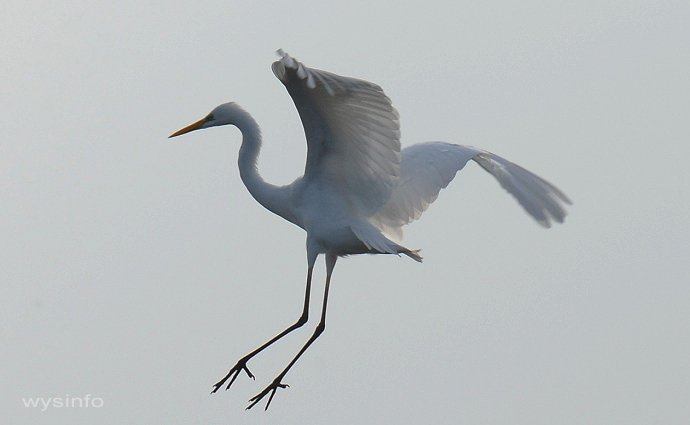
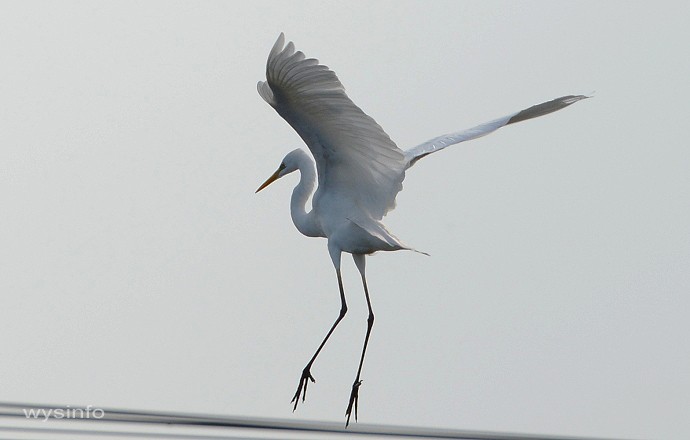
Landing in Water
Landing in water is an easier and safer method for many of the big birds. They use their feet against the water, almost skiing for a short distance, before they stop. This, together with use of their wings and the angle of the body, helps them to create maximum friction with the air and water in order to reduce their speed when landing.
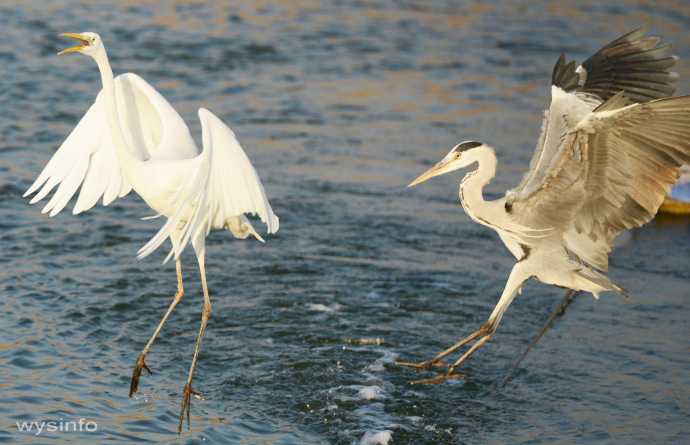
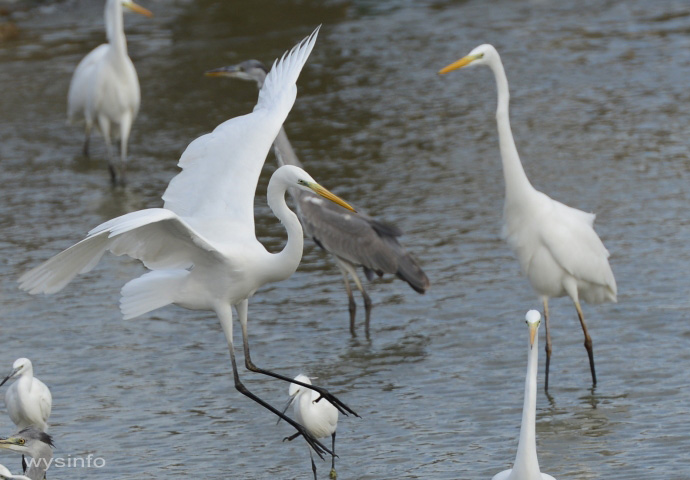
Taking off in Water
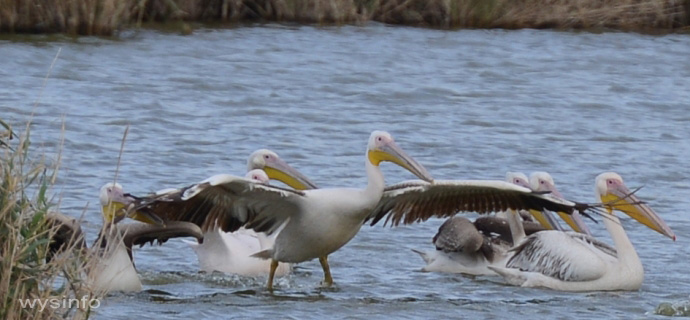
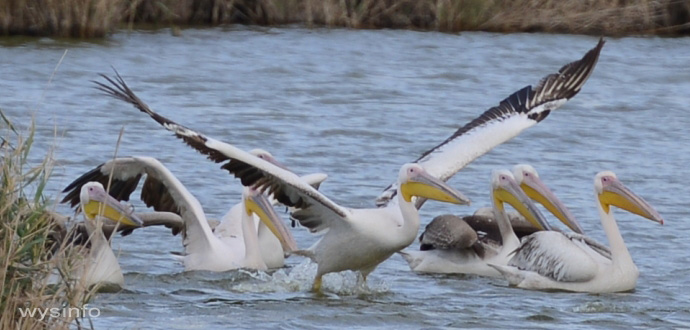
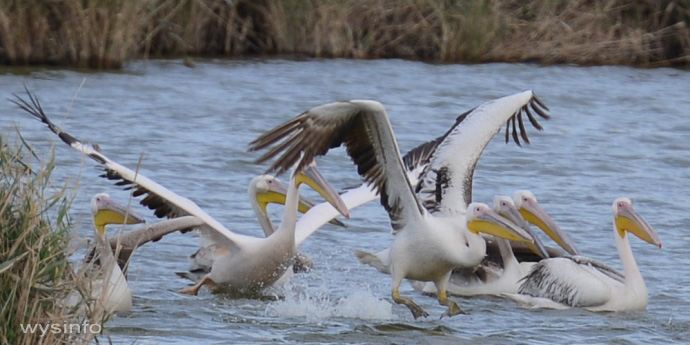
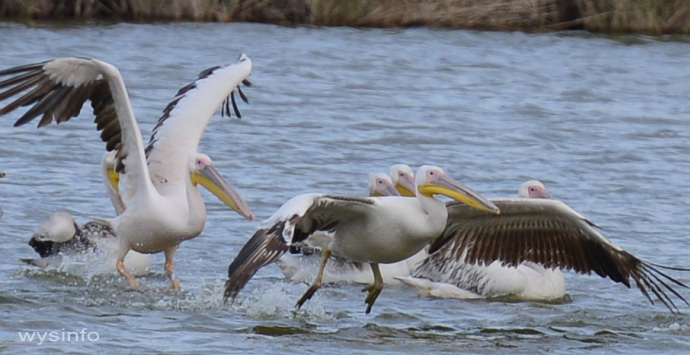
Which are the World’s Fastest Birds?
The answer to this question cannot be accurate unless we try to answer it based on categories.
The peregrine falcon for example, in its dive for hunting, is believed to be the fastest bird on earth. The falcon soars to a height from which he can spot its prey and then, on its dive towards its target, he reaches a speed of about 300 km an hour. So far this is the fastest speed of a bird known to us – while diving.
The great snipe is considered to be the fastest migratory bird over long distances. Swedish scientists using a tiny tracking device, documented a non-stop flight, from Sweden to central Africa, over a distance of 6760 km (4200 miles) at a speed of 97 km an hour (60 miles per hour).
The fastest level flying that we encountered during our research on migratory birds was the swift. Reaching a speed of 160-200 km an hour, the bird, equipped with a perfect aerodynamic shape, maintains a fairly constant speed during level flight, diving and while rising steeply.
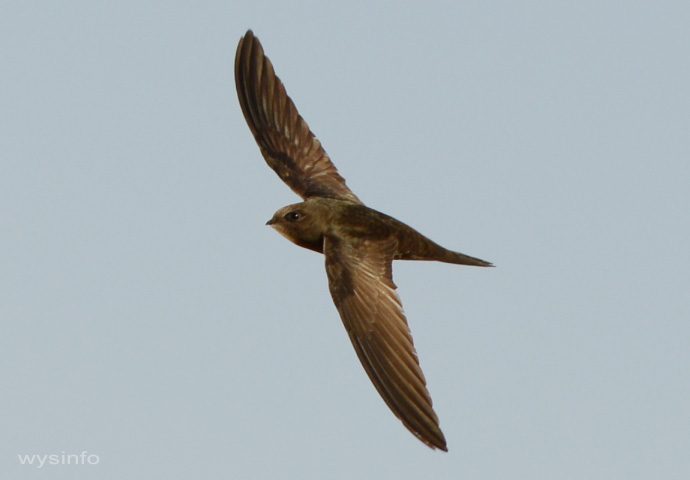
It is interesting to note that the swift is known to eat, sleep and mate while flying. Trying to photograph this bird is a daunting task.
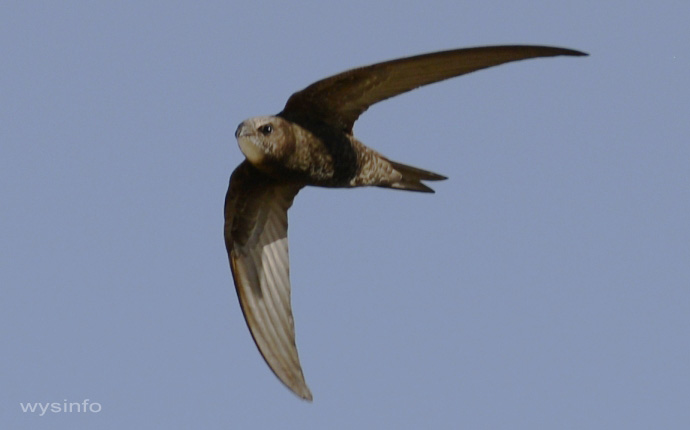
The swifts that migrate from South Africa to Israel arrive in Israel in mid February, breed and then go back to South Africa around mid June with the new born generation.
The following table offers a few examples, from different sources, that list the top fastest birds. The lists are not identical.
Fastest Level Flying
From The Travel Almanac
http://www.thetravelalmanac.com/lists/birds-speed.htm
| # | Bird | max. recorded speed (km/h) | max. recorded speed (mph) |
| 1. | Spine-tailed swift, also known as the White-throated Needletail (scientific name: Hirundapus caudacutus) | 171 | 106 |
| 2. | Frigate bird | 153 | 95 |
| 3. | Spur-winged goose | 142 | 88 |
| 4. | Red-breasted merganser | 129 | 80 |
| 5. | White-rumped swift | 124 | 77 |
| 6. | Canvasback duck | 116 | 72 |
| 7. | Eider duck | 113 | 70 |
| 8. | Teal | 109 | 68 |
| =9. | Mallard | 105 | 65 |
| =9. | Pintail | 105 | 65 |
From The Wikipedia
http://en.wikipedia.org/wiki/List_of_birds_by_flight_speed
| # | Bird | max. horizontal speed (km/h) | max. horizontal speed (mph) | max. airspeed (km/h) | max. airspeed (mph) |
| 1. | Peregrine Falcon | 105-110 | 65-68 | 389 | 242 |
| 2. | Golden Eagle | 129 | 80 | 320 | 200 |
| 3. | Gyrfalcon | 209 | 130 | ||
| 4. | White-throated Needletail | 169 | 105 | ||
| 5. | Swift | 171 | 106 | ||
| 6. | Eurasian Hobby | 161 | 100 | ||
| 7. | Frigatebird | 153 | 95 | ||
| 8. | Spur-winged Goose | 142 | 88v | ||
| 9. | Red-breasted Merganser | 130 | 81 | ||
| 10. | Canvasback | 116 | 73 |
From Top Ten
http://worldtopten-10.blogspot.co.il/2013/08/top-10-fastest-birds.html
| # | Bird | max. recorded speed (km/h) | max. recorded speed (mph) |
| 1. | Peregrine Falcon | 350 | 218 |
| 2. | Golden Eagle | 300 | 187 |
| 3. | Spine-tailed swift | 170 | 106 |
| 4. | Frigate bird | 153 | 95 |
| 5. | Spur-winged goose | 142 | 88 |
| 6. | Red-breasted Merganser | 129 | 80 |
| 7. | White-rumped swift | 124 | 77 |
| 8. | Canvasback duck | 116 | 72 |
| 9. | Eider ducks | 113 | 70 |
| 10. | Teal | 109 | 68 |
***
You can also find our videos on our Wysinfo Youtube channel.